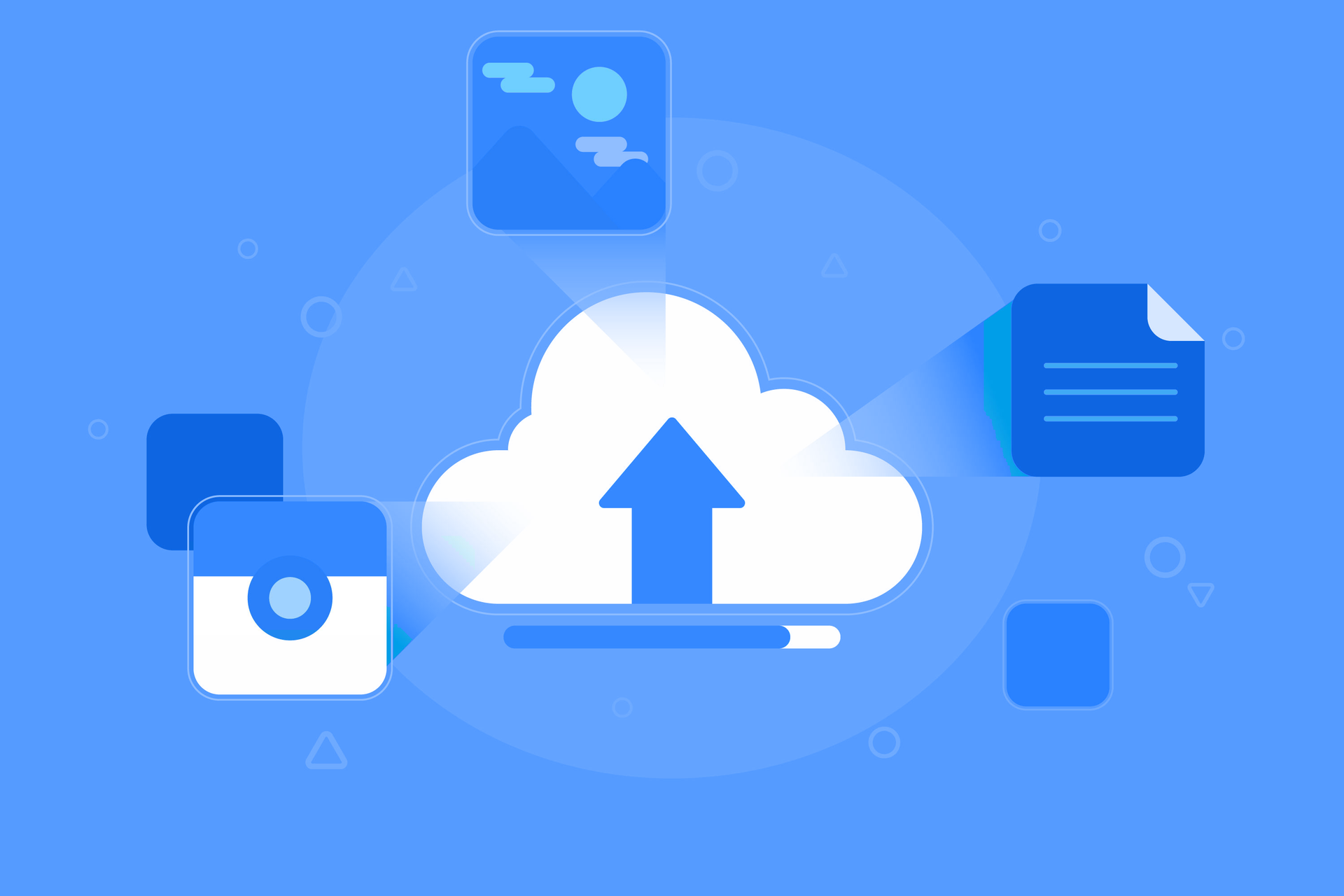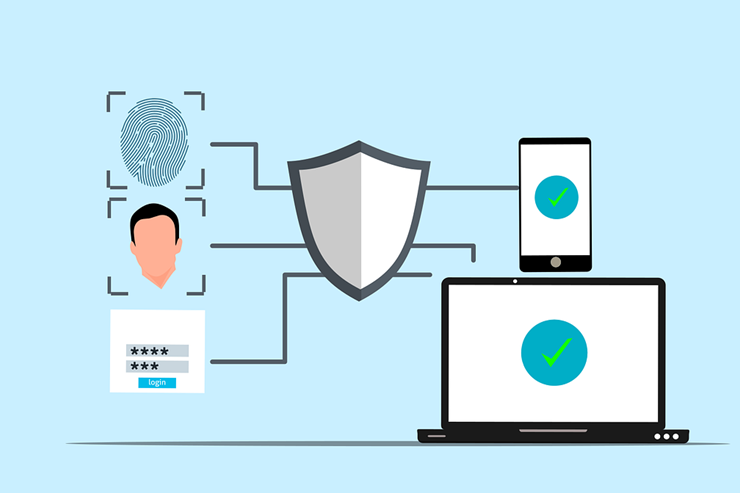Avoid these 5 things when investing in IT
September 23, 2019

Small- and medium-sized business owners have a lot to do. Aside from managing their staff, exploring new opportunities for growth, and keeping clients happy, they have to oversee investments in new technology. Being busy, they can easily commit mistakes when choosing the right IT solution. Here’s a list of common IT investment missteps that owners like you should avoid.
Spending without finding the perfect fit
Advertisers like to make you believe that the newest technology will solve all your problems. While the latest cloud or virtualization offering is likely to make things better for many companies, they won’t work for everyone.
Don’t let the flash and hype of new products deceive you. Take time to think about the results you want to achieve with technology. Make a list of your goals and check if they can be fulfilled with your new IT investment. A good IT provider should guide, not confuse you. That provider should see to it that you make the best choice.
Believing everything will magically work together
As technology evolves, it becomes easier to use. User-friendly products help people work better and faster. However, not all products follow that route, and many business owners wrongly assume that the new technologies they invest in will work well with the other IT systems they already have. This mistaken belief can get them in trouble.
While many technologies are compatible with one another, those that don’t work together can result in massive and costly downtimes that can cripple your business. So, don’t push your luck. Be smart, do some research, or consult an IT professional before making a purchase.
Not training your team
Now that you’ve found the perfect fit technology that will integrate with your current IT, go ahead and purchase it. After that, you think you can relax and let your sparkly new IT solution power your company to new levels of success and profits, right? Wrong!
Don’t forget that not all employees will be comfortable with your new investment. Nor will everyone know how to use it. That’s the time to consult an IT provider for support and training. If this is not possible, look elsewhere or think twice before buying anything.
Forgetting your budget
More and more IT solutions are packaged with pay-as-you-go monthly pricing. While this is a great way to help you avoid a large upfront capital investment, implementing too many different technologies quickly without thinking about recurring costs can eat up your money.
Think carefully before opening your wallet. Do a little research, draft a budget, or get help from a consultant. This will spare you a lot of frustrations.
Not getting feedback
It’s wise to consult employees who will be using the new technology on a daily basis. Do this even before you make a purchase.
Remember that not everyone may feel at home with the new product. They might even discover some downsides you aren’t aware of. Talk to people to get important feedback, or you may find it difficult to convince them to use it.
Need an IT professional to create a complete technology solution for your business? We’re happy to serve you.
Published with permission from TechAdvisory.org. Source.

A slow computer or a frozen screen are the worst things that can ruin your day. You've most likely dealt with outdated technology on multiple occasions if you manage a small business. It may seem cost-effective to extend the life of outdated equipment, but the long-term costs are frequently higher. Due to technological issues like sluggish PCs and antiquated laptops, small businesses lose about 98 hours annually, or 12 working days . This is why it's important to have an IT refresh plan. It helps you stay safe, prevents unplanned malfunctions, and keeps your team operating efficiently. Regardless of whether you outsource managed IT services or handle them in-house, a solid refresh strategy can save time, stress, and money down the line.

Does your small business ever feel like it has too much data? This is a fairly typical occurrence. The way small businesses function has changed as a result of the digital world. In addition to customer emails and backups, we now have an overwhelming amount of data to manage, including financial statements, contracts, logs, and employee records. According to a PR Newswire survey, 72% of company executives say they have stopped making decisions because the information is too overwhelming. All of this data can easily become disorganized if improperly handled. By implementing the appropriate data retention policy, effective IT solutions assist. A strong data retention policy keeps your company compliant, organized, and cost-effective. Here's what should be deleted, what should be kept, and why.

Selecting the best cloud storage solution can be similar to being faced with an endless buffet of options, each one claiming to be the best. A poor choice may result in lost revenue, compromised data, or even a snag in productivity. The stakes are extremely high for small business owners. Regardless of your level of experience, we will guide you through this thorough guide to help you choose a cloud storage solution that is specific to your company's needs.

Cyber threats are a daily reality for small businesses navigating an increasingly digital world; they are not merely an abstract concern. Financial and reputational harm can result from ransomware attacks, phishing scams, or unintentional data leaks. In order to reduce the risks, more businesses are using cyber insurance. Not every cyber insurance plan is made equally. Many business owners think their policy covers them, but they discover (too late) that it has significant gaps. We'll explain exactly what is and isn't covered in this blog post, along with how to pick the best cyber insurance plan for your company.

Have you ever questioned how susceptible your company is to online attacks? Nearly 43% of cyberattacks target small businesses , frequently taking advantage of lax security measures, according to recent reports. Multi-Factor Authentication (MFA) is one of the most underutilized yet powerful ways to safeguard your business. Even with your password, hackers will find it much more difficult to obtain access thanks to this additional security measure. The implementation of Multi-Factor Authentication for your small business is explained in this article. Knowing this will enable you to take an important step toward protecting your data and guaranteeing more robust defense against possible cyberattacks.

Managing a small business requires a lot of multitasking. These hats include operations management, customer service, and maintaining order. AI-powered automation is a solution that can reduce the workload. Small business owners can now automate tasks that were previously done by hand thanks to technological advancements that have made these tools more affordable and accessible than before. There's no need to hire a big staff or spend a fortune. AI can manage a large portion of your hectic workload, allowing you to concentrate on more crucial facets of your company. AI can act as your virtual assistant, increasing productivity and simplifying processes, whether you're a small team manager or a solopreneur. This blog post explores how you can automate everyday tasks and free up your time if you want to learn more about how AI can change your company. We'll demonstrate how to use reasonably priced AI tools to reduce repetitive tasks, save time, and increase business efficiency.

In today's digital world, cyber threats are smarter than ever. Weak passwords or old ways of proving who you are can cost people and businesses money, steal their data, or steal their identities. A strong password is the first thing that will keep hackers out, but it's not the only thing that will work. This guide goes over the basics of strong passwords, two-factor authentication, and the best ways to keep your accounts safe. We'll also talk about new ways to check things and things you should never do.

A sophisticated type of cyberattack known as "password spraying" uses weak passwords to acquire unauthorized access to numerous user accounts. This approach focuses on using a single password or a collection of passwords that are frequently used across multiple accounts. The goal is to circumvent standard security protocols, such as account lockouts. Password-heavy attacks are highly effective because they target people and their password management practices, which are the biggest weakness in cybersecurity. This ar ticle will describe how password spraying operates, address how it differs from other brute-force attacks, and go over how to detect and prevent it. We will also discuss how businesses can defend themselves against these threats and examine real-world examples.

What would happen if tomorrow your company lost all its data? Would your operations come to a complete stop, or would you be able to recover? Data, including communications, financial records, product files, and customer information—is the lifeblood of any small business. However, data security is frequently neglected. After a disaster, 25% of small businesses close within a year, and 40% never reopen , according to the Federal Emergency Management Agency (FEMA). That represents an incredible 65% failure rate because of inadequate preparation. The good news is here. An enterprise budget and a dedicated IT staff are not necessary for disaster data protection. You can create a backup and recovery plan that reduces downtime and provides you with peace of mind if you have the right approach, the appropriate tools, and a little forethought. In this blog post, we will discuss practical and easy-to-follow advice to help you protect your most valuable business asset: your data.

